Bloomberg NEF forecasts falling battery prices enabling surge in wind and solar to 50% of global generation by 2050
Green Car Congress
JUNE 19, 2018
This year’s outlook is the first to highlight the significant impact that falling battery costs will have on the electricity mix over the coming decades. We see $548 billion being invested in battery capacity by 2050, two thirds of that at the grid level and one third installed behind-the-meter by households and businesses.



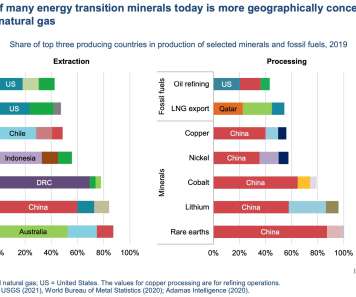



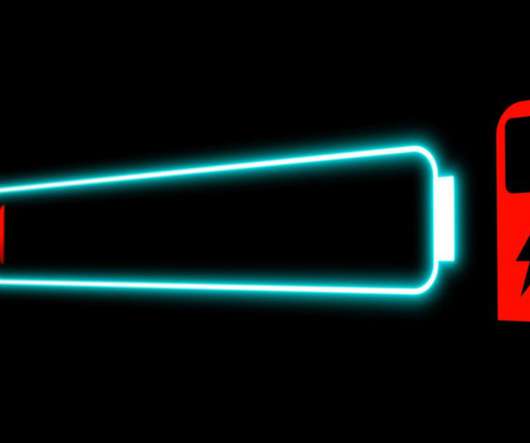




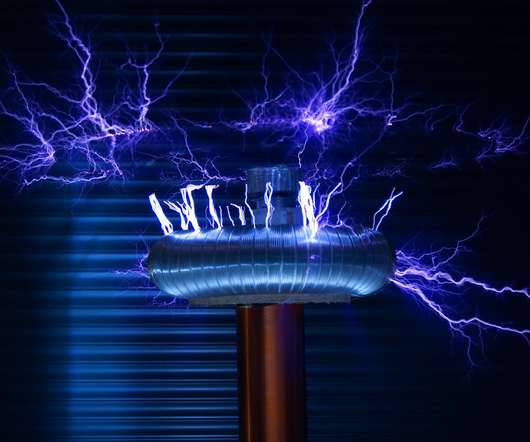




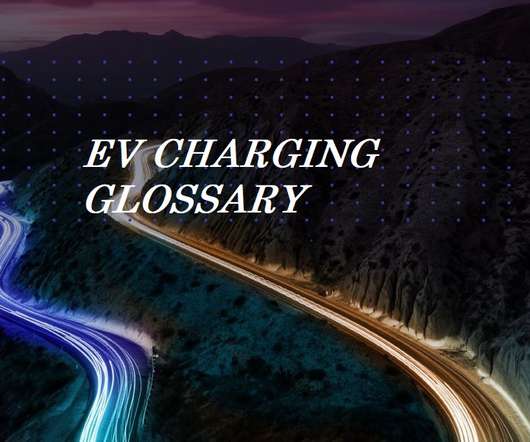
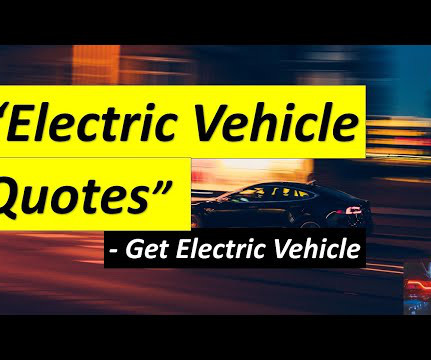






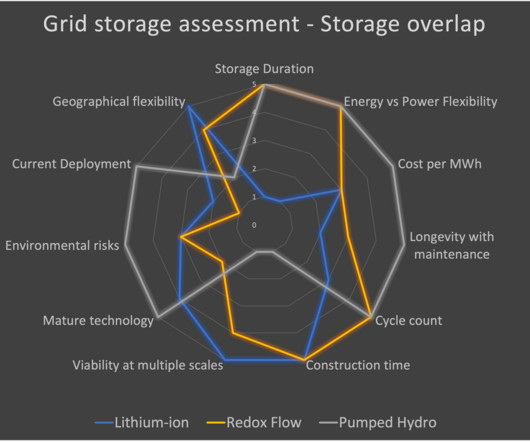












Let's personalize your content